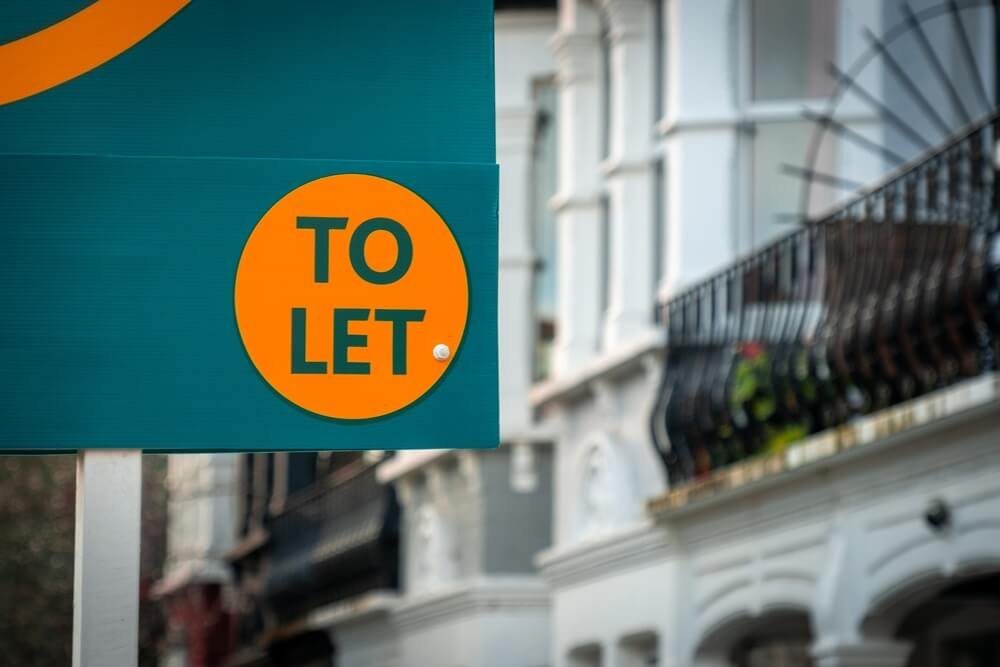Buy-to-let mortgage options have become more abundant and typical rates for two-year deals have fallen below 5%.
 This is according to the latest data from Moneyfactscompare.co.uk which revealed this is the first time average rates on two-year fixes for landlords have fallen this low since September 2022.
This is according to the latest data from Moneyfactscompare.co.uk which revealed this is the first time average rates on two-year fixes for landlords have fallen this low since September 2022.
What’s more, the data revealed, there are now 4,144 buy-to-let deals on the market – the highest since Moneyfacts’ electronic records began in November 2011.
It would appear there are a larger quantity for five-year fixed rate deals than two-year options. However, those taking out two-year fixed rates will find the average price has fallen more dramatically in a year from 5.53% in June 2024 to 4.98% today.
The average five-year fixed rate has dropped from 5.55% in June 2024 to 5.29% today. This is the lowest since October 2024.
Rachel Springall, finance expert at Moneyfactscompare.co.uk, said: “Landlords searching for a new buy-to-let mortgage may be pleased to see a rise in product availability, with the choice of deals soaring to its highest point on record.
“Borrowers concerned about interest rates may also find it encouraging to see the average two-year fixed buy-to-let rate has fallen below 5% for the first time since September 2022 and both the two- and five-year fixed rates have fallen for the fourth consecutive month.
“The average five-year fixed buy-to-let rate is now at its lowest level in over six months, but year-on-year the rate has not dropped as viciously as its two-year counterpart.
“Lenders monitor swap rates to gauge future rate expectations, and when they drop it encourages mortgage rate cuts. Lower buy-to-let rates might create a positive sentiment for new and existing landlords, however, there will be immense pressure on some to turn around a profit in the future.”
Indeed, there are many other challenges, aside from mortgage rates, facing landlords not least energy efficiency rules which mean they must ensure their property has a minimum Energy Performance Certificate (EPC) rating of C by 2030.
Springall added: “Landlords coming off a low-rate fixed deal and needing to refinance will see increasing rents as the easiest way to boost margins. Landlords will also need to keep in mind the Renters Right Bill which is expected to come into force either later this year or in 2026.
“The new laws include abolishing section 21 evictions and fixed-term tenancies, but also new rules on making rent increases. The legislation is designed to protect millions of renters, giving them more security, but understandably this might be the final straw for existing landlords, leading to them exiting the sector.”
With all this in mind Springall said it is essential for would-be landlords to seek advice before buying a property, including getting clued up on how to set up a limited company.
Costs such as the minimum 5% surcharge on Stamp Duty Land Tax (SDLT) should be considered, she added, and landlords should understand the longer-term returns of selling the asset, as well as the tax implications.




